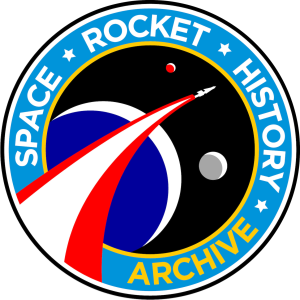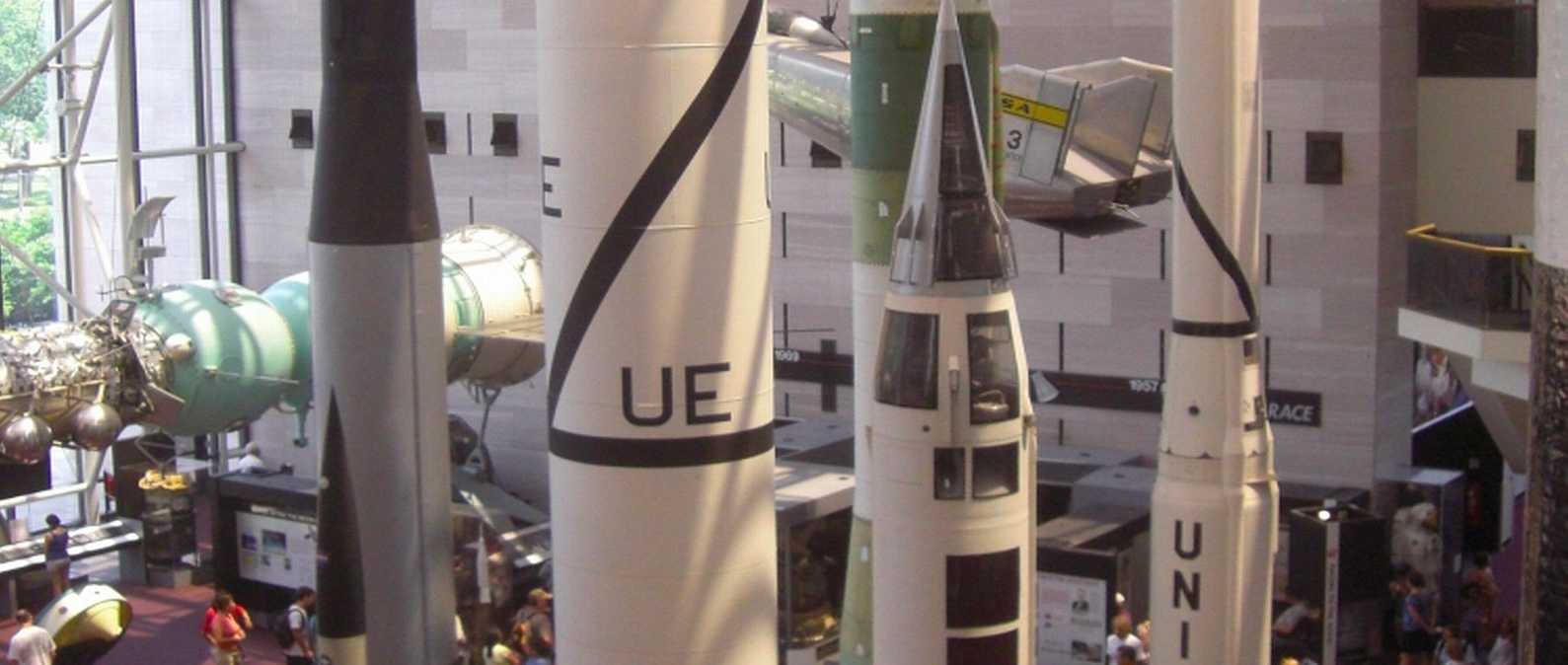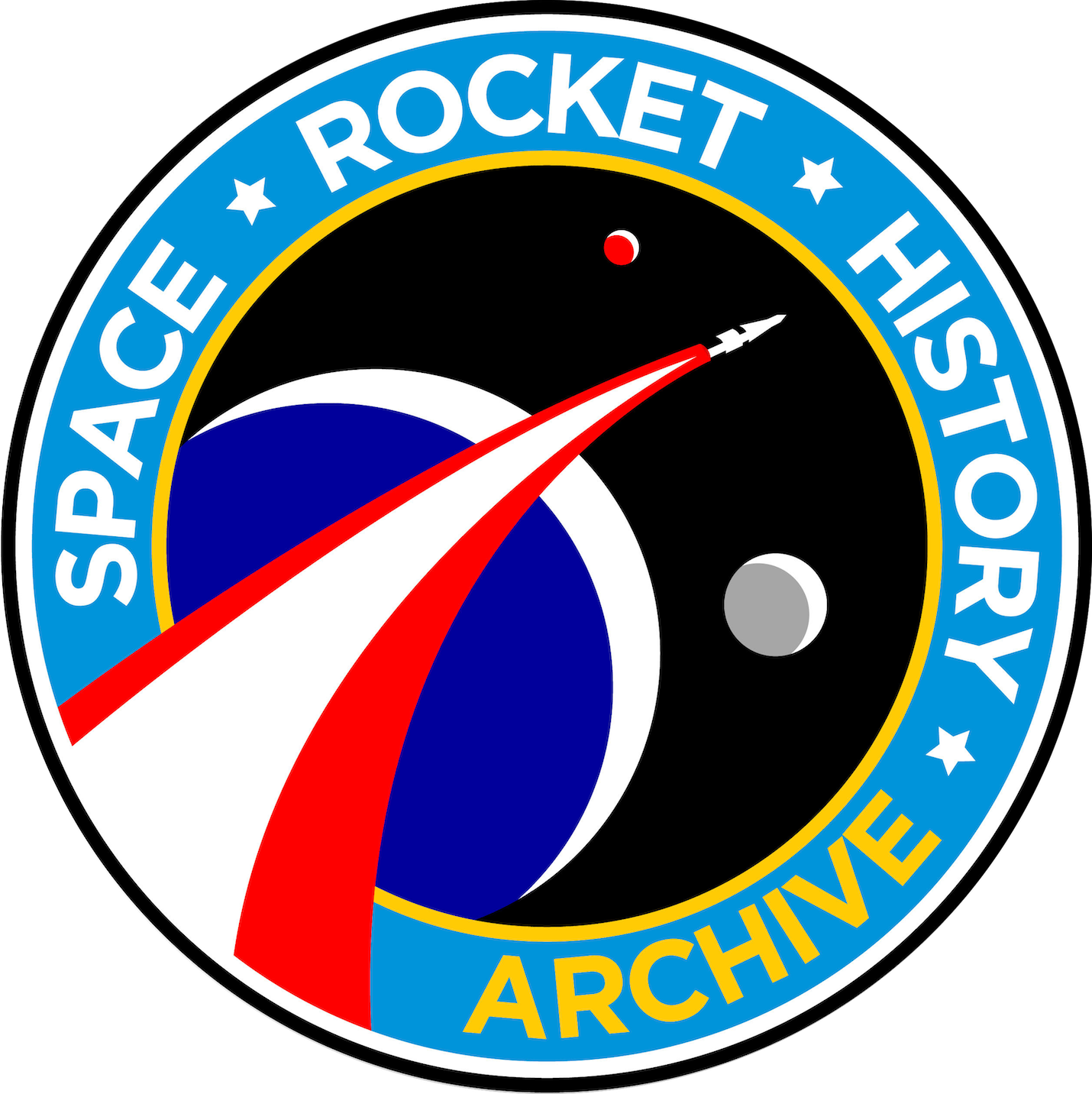Episodes

Friday Nov 09, 2018
Space Rocket History #104 – Saturn’s First Flight – SA-1 – Part 1
Friday Nov 09, 2018
Friday Nov 09, 2018
Just as launch complex 34 dwarfed its predecessors, Saturn’s checkout represented a new magnitude in launch operations. The Saturn C-1 stood three times higher, required six times more fuel, and produced ten times more thrust than the Jupiter. Its size, was only a part of the challenge to the Launch Operations Directorate at Cape Canaveral…

Friday Nov 09, 2018
Friday Nov 09, 2018
In May 1961, NASA was not really prepared to direct an enormous Apollo program designed to fly its spacecraft to the moon. New and special facilities would be needed and the aerospace industry would have to be marshaled to develop vehicles not easily adapted to production lines, but at this point no one had even decided just what Apollo’s component parts should be or how they should look.

Friday Nov 09, 2018
Friday Nov 09, 2018
Max Faget thought the first stage of the moon rocket should use four solid-fueled engines, 6.6 meters in diameter. He reasoned these could certainly accomplish whatever mission was required of either the Saturn or Nova, and it would be more cost effective. Faget said it made good sense to use cheap solid fuels for expendable rockets and more expensive liquid fuels for reusable engines. Faget called the individual solid rocket ‘the Tiger.’

Friday Nov 09, 2018
Space Rocket History #103 – Saturn Development 1957 – 1960
Friday Nov 09, 2018
Friday Nov 09, 2018
Many historians agree, the U.S. took its first step toward the moon in the spring of 1957, four years before President Kennedy declared the national goal of landing a man on the Moon, and returning him safely to the Earth. While still preparing for the launch of its first Jupiter (May 31 1957), the Army rocket team at Huntsville, Alabama, began studies of a booster ten times more powerful than the 150,000-pound thrust Jupiter…

Friday Nov 09, 2018
Space Rocket History #100 – Apollo: Preliminary Design
Friday Nov 09, 2018
Friday Nov 09, 2018
In January 1960, President Eisenhower directed NASA Administrator Glennan to accelerate the Super Booster Program that had recently been assigned to NASA. This order ensured the transfer of the von Braun group from the Army Ballistic Missile Agency to NASA, and it gave Glennan the launch vehicle development and management capability that he needed.

Friday Nov 09, 2018
Space Rocket History #99 – Apollo: The Opposition
Friday Nov 09, 2018
Friday Nov 09, 2018
The goal of the nation’s space program should be the scientific exploration of the moon and the planets but also to recognize that nontechnical factors are vital to public acceptance of a space program. Human exploration of the moon and planets would be potentially the greatest inspirational venture of the 20th century and one in which the world could share; inherent here are great and fundamental philosophical and spiritual values which find a response in man’s questing spirit to explore. Thus the space exploration program must be developed on the premise that man will be included. Failure to adopt this premise will inevitably prevent man’s inclusion, presumably because of the costs involved. From a scientific standpoint there seems little room for dissent that man’s participation in the exploration of the Moon and planets will be essential, if and when it becomes technologically feasible to include him.

